NASA Astronomy Picture of the Day 1 Feb 2023: Seven Earth-like worlds of TRAPPIST-1
NASA’s Astronomy Picture of the Day is a stunning snapshot of a seven-world system which orbits a dwarf star called TRAPPIST-1.
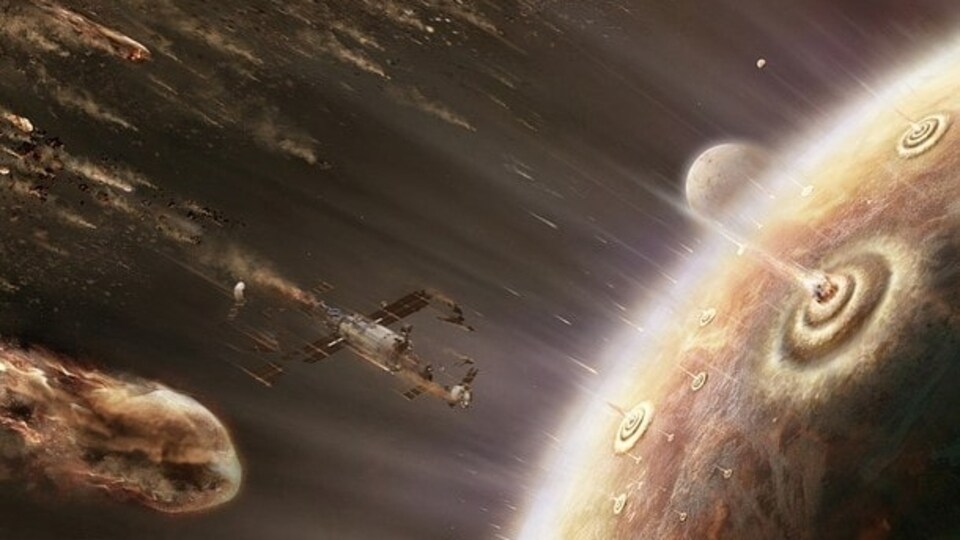
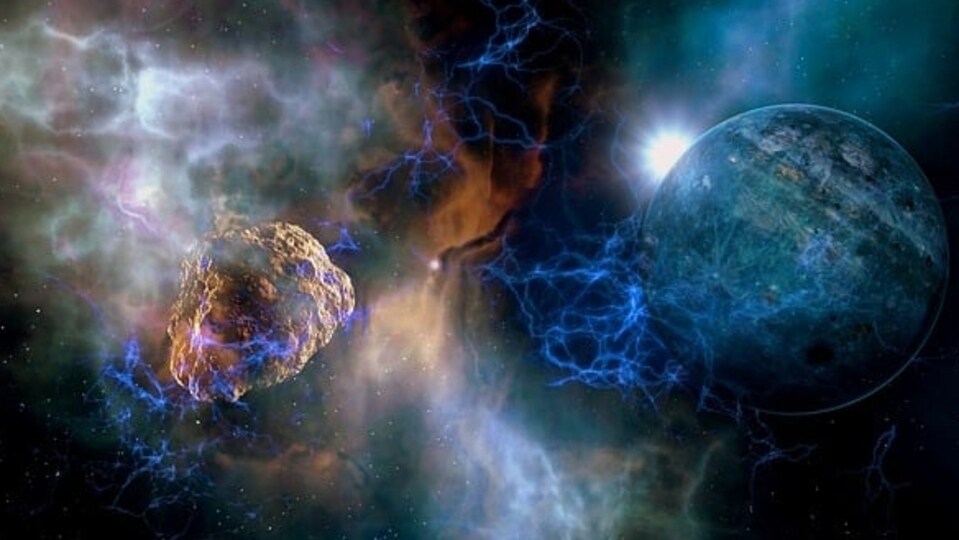
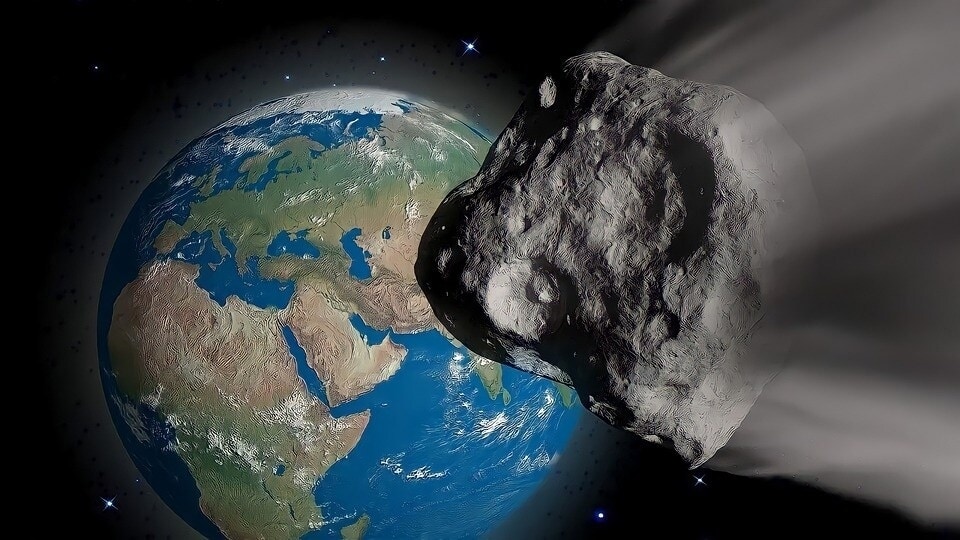
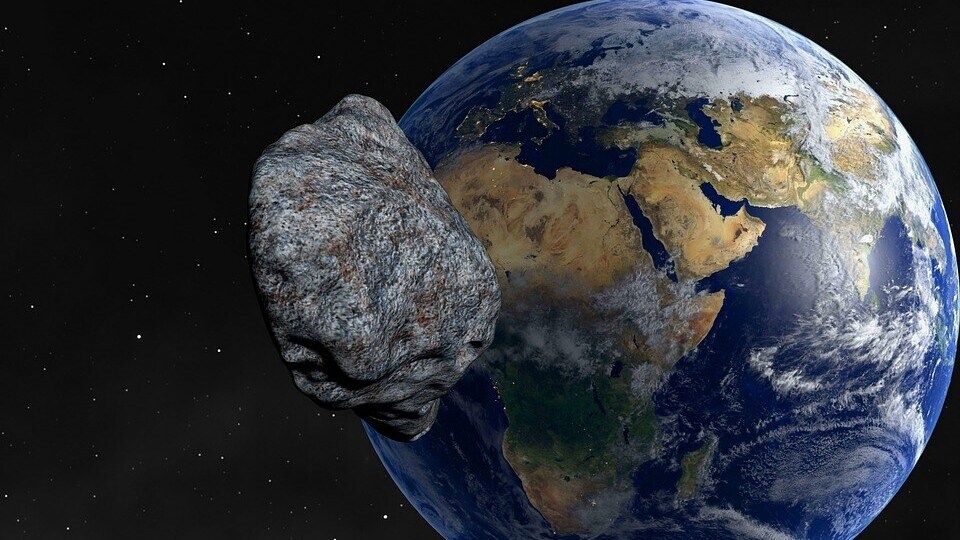
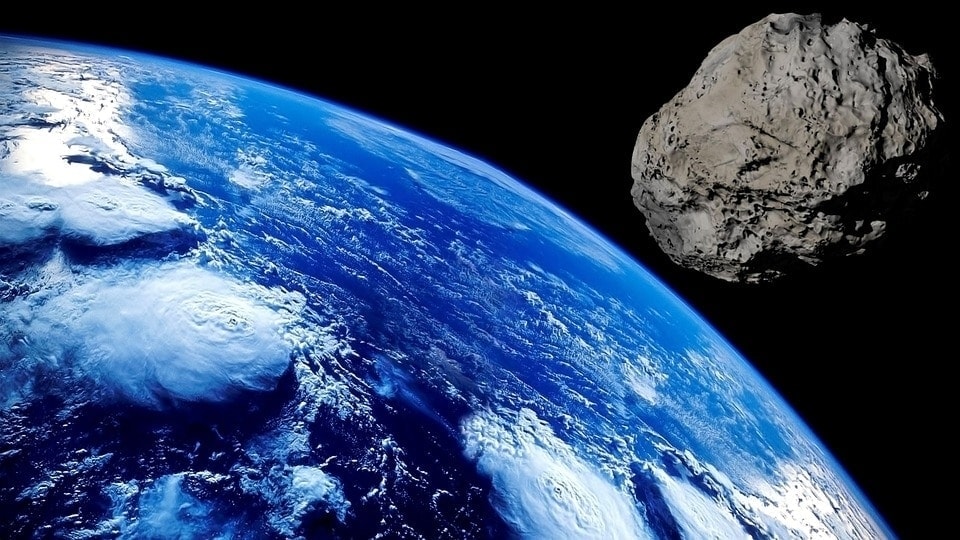

 View all Images
View all ImagesThe TRAPPIST-1 system contains a total of seven known Earth-sized planets. Mankind has been in search of potential planets which could support life one day should the need to ever leave Earth arise. Although there are more planets in the Universe than you could ever imagine, they all have one or the other substance missing which makes our Blue Planet so unique. NASA, ESA, ISRO and other space agencies have been on the hunt to study planets not just in our solar system, but outside too.
In 2017, NASA announced the discovery of most Earth-sized planets found in the habitable zone of a single star just 40 light-years away from Earth, called TRAPPIST-1. It was named after the Transiting Planets and Planetesimals Small Telescope (TRAPPIST) in Atlas Mountains of Morocco, which was used to discover the planetary system, according to NASA.
NASA's Astronomy Picture of the Day is a stunning illustration of the seventh world in the TRAPPIST-1 planetary system. The illustration was done by Michael Carroll, the founding member of the International Association for the Astronomical Arts. The 7 rocky worlds in the planetary system have the potential for water on their surface due to the close proximity of their orbits with the dwarf star, where surface temperatures allow for the presence of ice or even liquid water. This makes the planetary system an exciting discovery in the search for life on other planets.
NASA's explanation of the illustration
Seven worlds orbit the ultracool dwarf star TRAPPIST-1. A mere 40 light-years away, many of the exoplanets were discovered in 2016 using the Transiting Planets and Planetesimals Small Telescope (TRAPPIST) located in the Atlas Mountains of Morocco, and later confirmed with telescopes including NASA's Spitzer Space Telescope. The TRAPPIST-1 planets are likely all rocky and similar in size to Earth, and so compose one of the largest treasure troves of terrestrial planets ever detected around a single star.
Because they orbit very close to their faint, tiny star they could also have regions where surface temperatures allow for the presence of ice or even liquid water, a key ingredient for life. Their tantalizing proximity to Earth makes them prime candidates for future telescopic explorations of the atmospheres of potentially habitable planets. All seven exoplanets appear in the featured illustration, which imagines a view from the most distant known world of this system, TRAPPIST-1h, as having a rocky landscape covered in ice. Meanwhile, in the imagined background, one of the system's inner planets crosses in front of the dim, orange, nearly Jupiter-sized parent star.
Catch all the Latest Tech News, Mobile News, Laptop News, Gaming news, Wearables News , How To News, also keep up with us on Whatsapp channel,Twitter, Facebook, Google News, and Instagram. For our latest videos, subscribe to our YouTube channel.




























